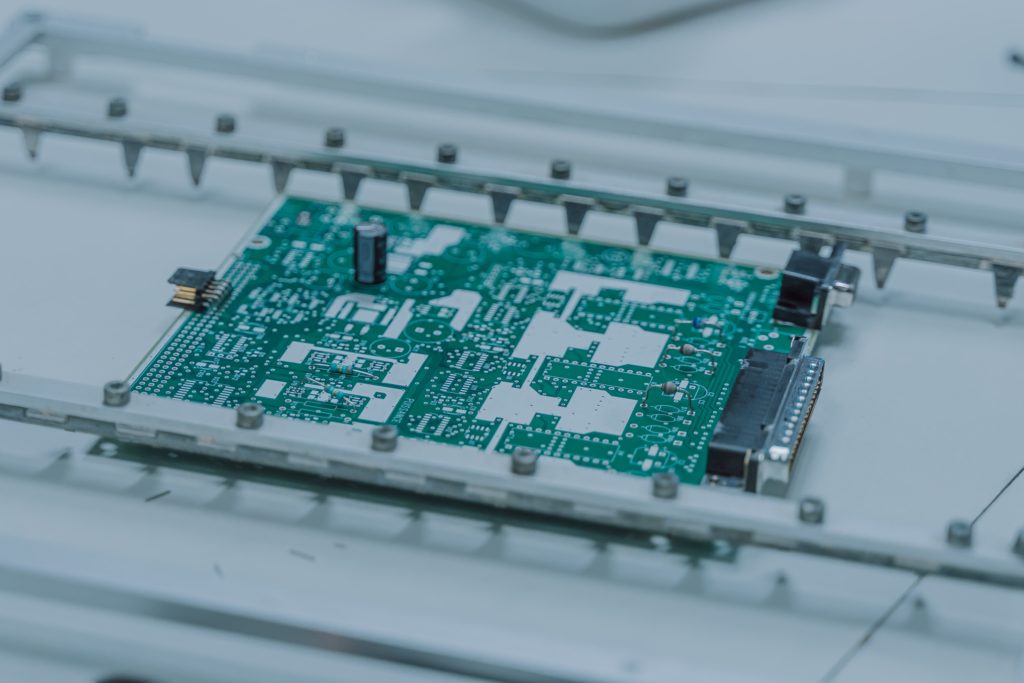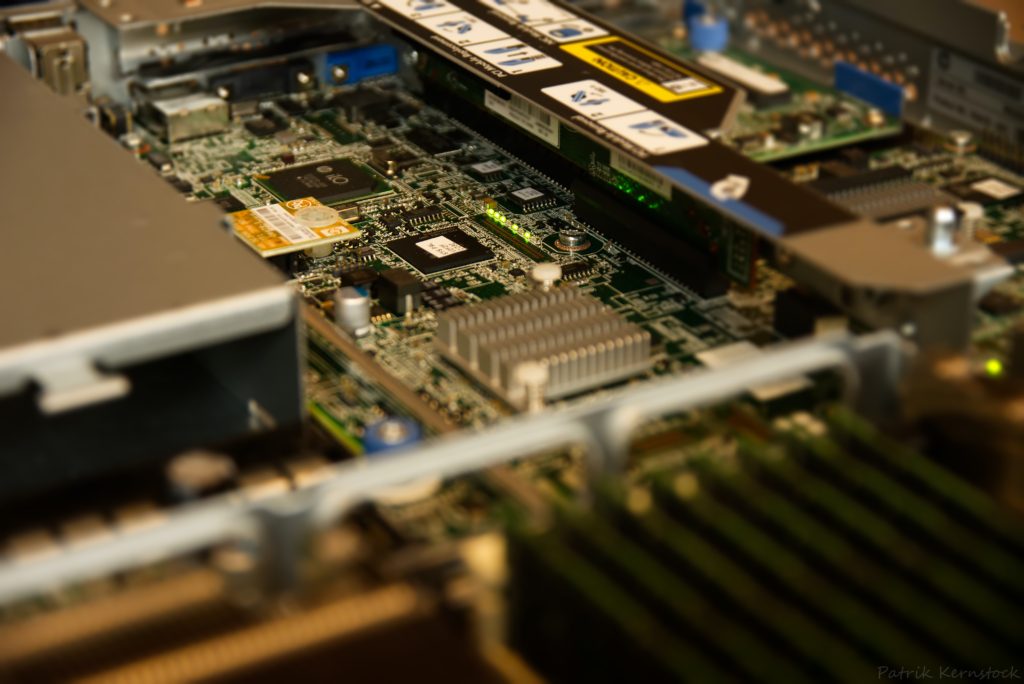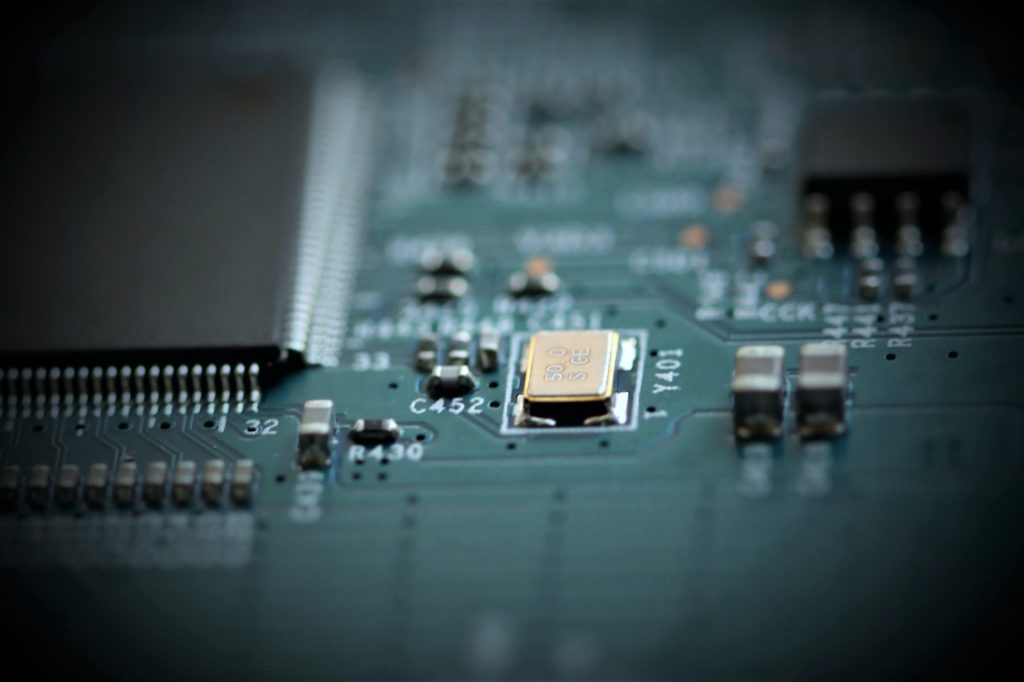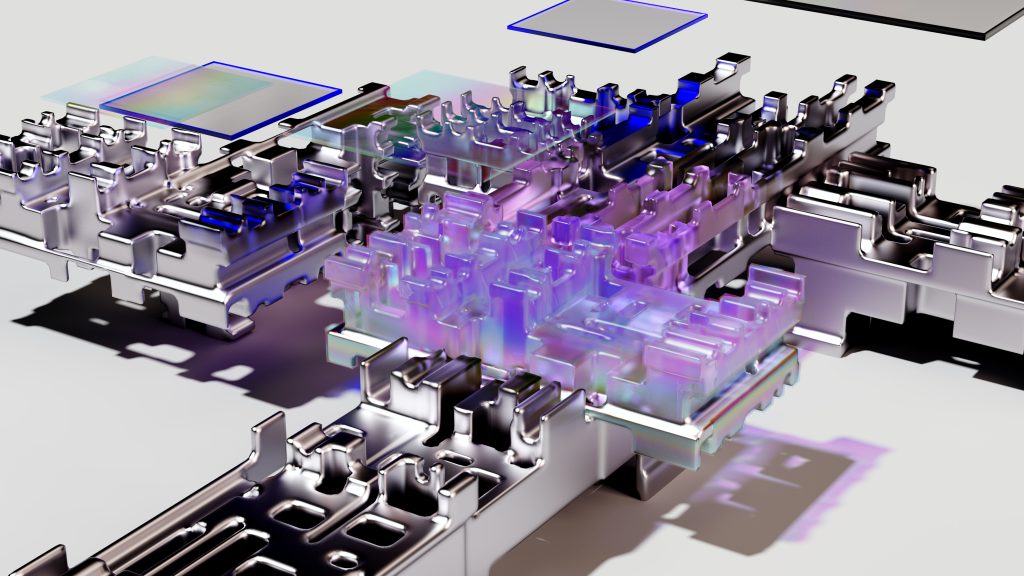Photo by Shahadat Rahman on Unsplash
Semiconductor end-to-end product development is a highly complex process. The majority of these processes are also proprietary. Developing a proprietary process is vital as it allows companies to bring innovation and never-seen-before products and solutions, which in the long term drive market position and revenue. However, opening up certain parts of the process is also vital for knowledge building.
In the software industry, there have been numerous open source solutions. Doing so has only benefitted the software industry, which has enabled the development of new software-driven ideas. On top, it has powered a collaborative environment that drives knowledge building.
In comparison, the semiconductor industry is far behind. Open hardware has been around, but it has not helped the semiconductor industry. The main reason is the focus on assembling rather than the design of semiconductors or the building blocks that make up the semiconductor chips.
Ideas: Open sourcing certain aspects of semiconductor design and manufacturing will drive the development of new ideas.
Knowledge: Students and academia will get a lot from open-source (FET level) semiconductor-focused information that can enable new research activities.
The benefits of open sourcing specific information are many. It allows anyone to learn and build from scratch. In this direction, semiconductor-driven companies have opened up Process Design Kit (PDK), a step in the right direction. PDKs allow individuals to take a deep look into the transistor-driven systems. If there are areas of improvement (power, performance, thermal, and so on), then a new PDK can be released (open sourced). It can then create a chain reaction of process developments. Long-term benefits will be the knowledge and idea-sharing that such continuous improvement will drive.
Open-sourcing PDK is a welcome move. However, several other information and details can be shared (without impacting internal research). So that anyone with a focus on semiconductors can turn the open source into new solutions for the semiconductor industry.

Open-sourcing in the software industry has shown long-term benefits. It ranges from releasing new software tools to programming languages. In many cases, it has also led to even launching companies.
However, open-source does come with a certain level of risk, whereby the companies have to balance what can and cannot be shared. This problem quadruples in the semiconductor industry as the time and capital required to develop new solutions are high, and not possible to open-source all the information.
The semiconductor industry thus has to find a middle ground by at least open sourcing some of the old technologies which do not see much industry-wide development. Doing so will allow students and entry-level positions to develop skills by leveraging the open-sourced details of the technology node or the package technologies.
Tools: Developing tools for silicon development is a complex process. Open-sourcing some libraries on the process and package size can go a long way in enabling open-source tool development.
Collaboration: Open source has always enabled a collaborative approach that allows the development of ideas and processes. A similar impact is possible in the semiconductor industry.
Open-source collaboration can also enable the development of next-gen FET devices. So far, there have been no attempts to collaborate (via an open-source model) on FET devices. Doing so might enable the industry with ideas that can provide a way forward toward the More-Then-Moore era.
While the industry is gearing up for increasing semiconductor design and manufacturing (worldwide), the focus should also be on how to bring in more collaboration-driven innovation. The standardization approach has also helped but to a certain extent.
In the long-term, the focus should also be on open-sourcing specifics of each of the end-to-end semiconductor design and manufacturing. It will not only go a long way in attracting new talents but also can bring several innovative ideas.



















